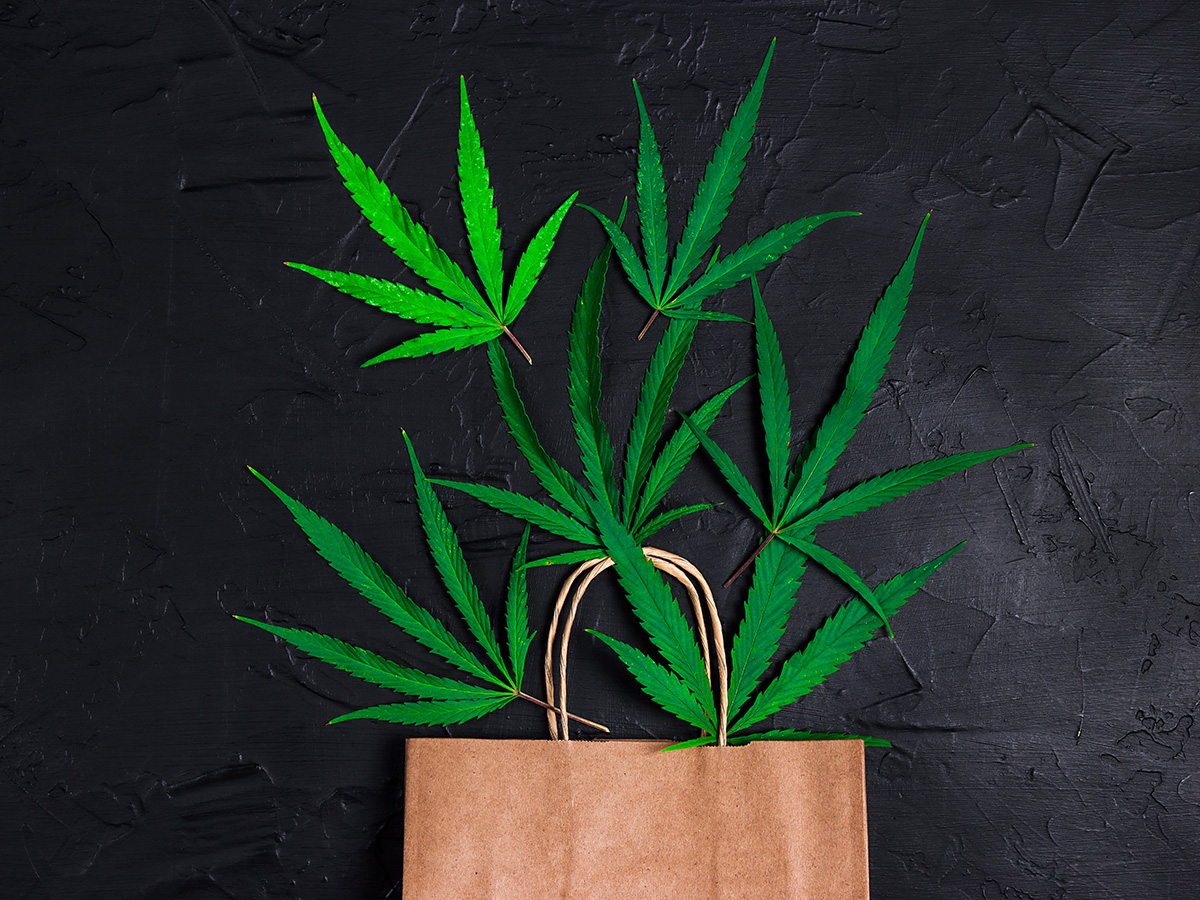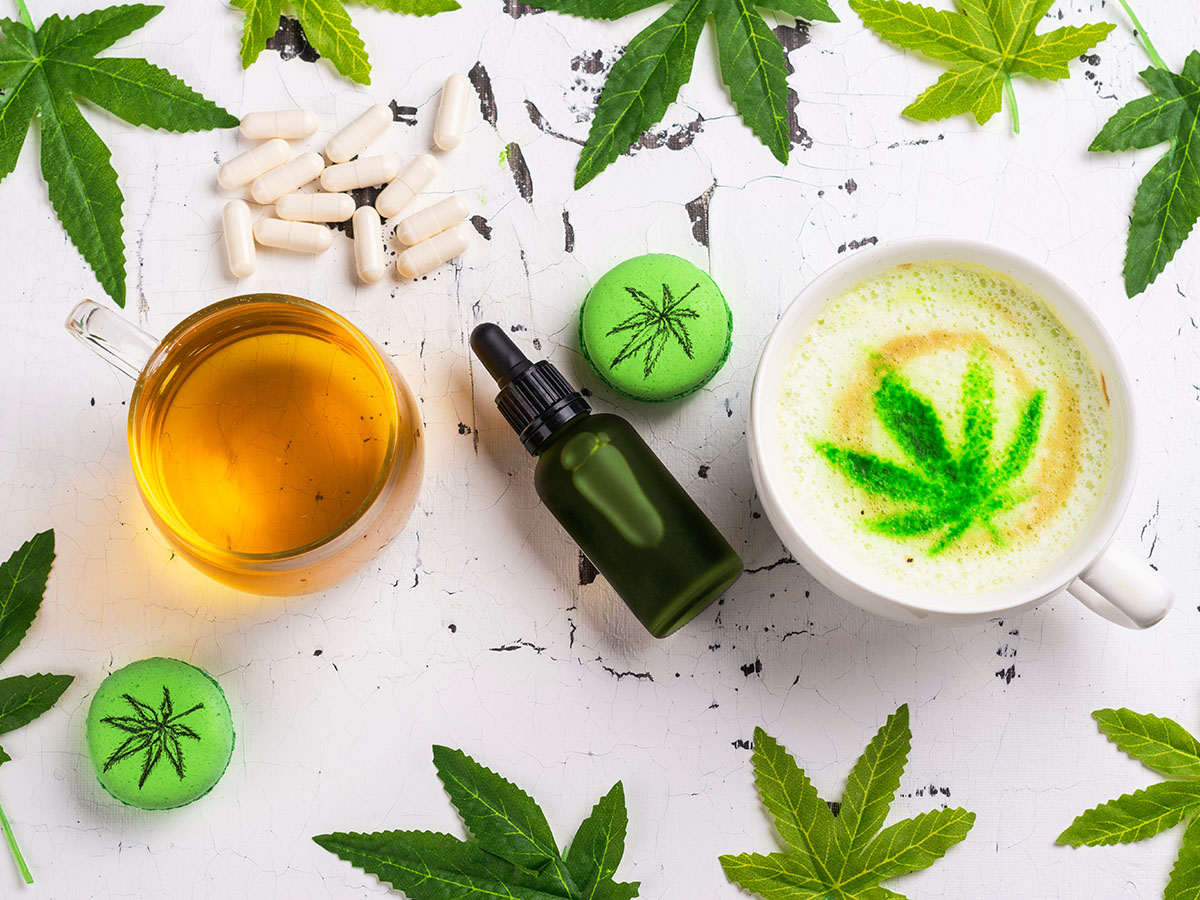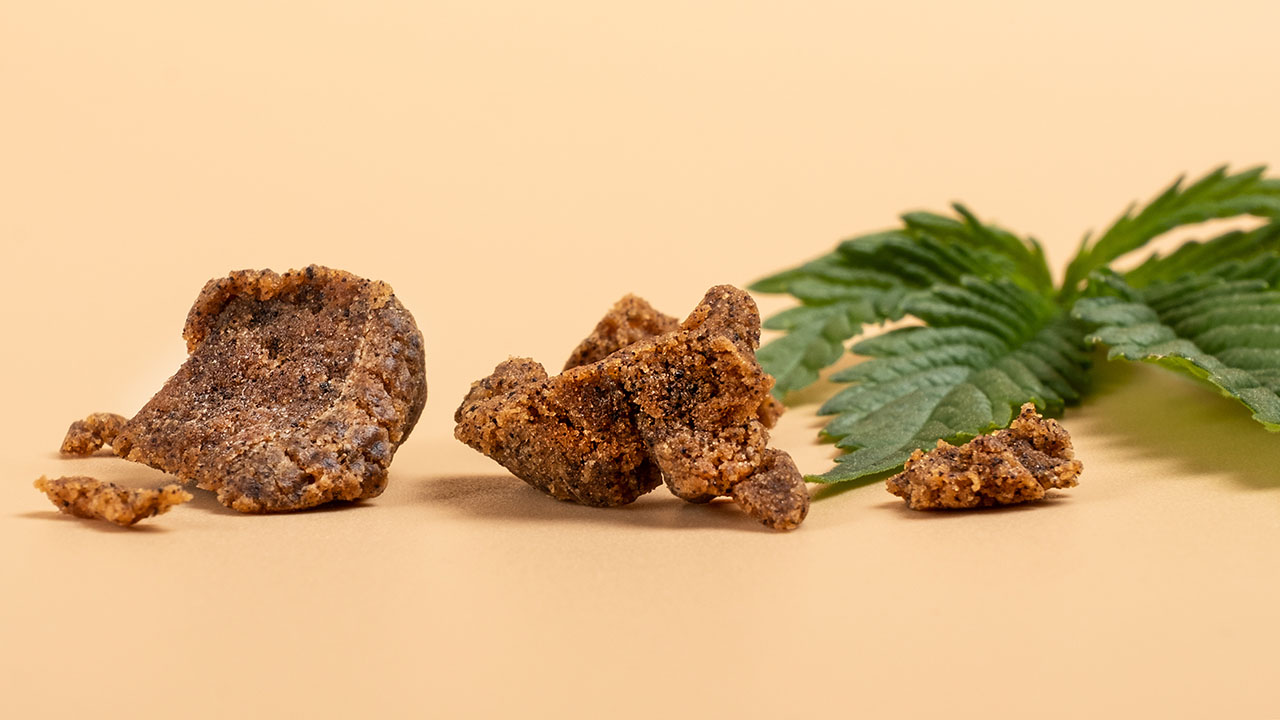
What is Cannabis Sativa: Characteristics, Top Strains, & More
May 30, 2023
One of the first terms you’ll learn when building your own personal cannabis glossary is “sativa.” It’s quickly followed by “indica” and “hybrid” because they are the three prominent classifications for how you’ll purchase your marijuana at a dispensary. But what does sativa actually mean? What does science say about what sativa can do in the body? We’re about to answer both those questions and more in this guide.
What is Cannabis Sativa?
Technically speaking, Cannabis sativa is the genus (Cannabis) and species (sativa) of the marijuana plant. When Jean-Baptiste Lamarck was naming marijuana in 1785, he noticed that the plant seemed to come in two different physical forms. The tall, thin plant he called sativa, and the short, bushy plant he called indica.1
That distinction has been carried through the centuries, and many old school marijuana enthusiasts insist that the difference between the two plants is more than just physical—sativas, they say, are more energizing than their mellow indica counterparts.1 The scientific reality of this, however, is dubious. As we’ve studied Cannabis sativa, we’ve realized that the effects it causes in the body have much more to do with the compounds within the strain itself and how they react to the endocannabinoid system than anything genetically predisposed because it’s a sativa.
Despite knowing this, we still continue to classify strains as indica, sativa, or a hybrid of the two, and you can see examples of all three when you find a dispensary near you.
How is Cannabis Sativa Different From Indica or Hybrid?
When it comes to indica vs sativa, there are two distinct differences: sativa plants are much taller and thinner than shrub-like indica plants, and they grow in much warmer climates than indica usually do. While it’s been said that sativas are more energizing than the in-the-couch indicas, the reality is that the effects of both plants depend entirely on how the terpenes, cannabinoids, and other compounds interact with your endocannabinoid system.2
The differences between sativa and hybrid plants are much less obvious. This is because hybrid marijuana plants have sativa in them. Still, one of the biggest differences is where they are grown. Sativas like it hot, indicas like it cooler, and hybrids prefer more customized growing facilities and greenhouses.2
What Are Sativa Cannabis Plant Characteristics?
Sativa cannabis plants seem to enjoy warmer areas of the world, with climates that can typically be described as tropical. Because of this, they have a longer growing season which allows them to get much bigger than their bushy indica counterparts. Sativas grow tall, up to 10 feet, and have thin leaves. They also tend to be more sparse in their branches, leading to a wispy-looking plant. The plants themselves are often light green in color and tend to produce less flower than indica.3
What Are Popular Sativa Strains?
While there are a lot of sativa-dominant and sativa-leaning hybrid strains on the market, there aren’t a lot of pure sativa landraces. That said, if you see any of these three in our dispensaries, be sure to pick them up:
Durban Poison
Looking for a potent sativa that descends from South Africa? Look no further than this landrace, Durban Poison. At a whopping 24% THC (along with 1% CBD and CBN), it’s one of the most potent sativa strains on the market.4 Its sweet, pine forest scent mixed with a slightly earthy flavor give it an almost herbal vibe that resonates with marijuana enthusiasts across the country. Just start slow and low with this one or it’ll hit you hard.
Panama Red
If you’ve been a marijuana cannaisseur for a while, chances are you’ve heard of Panama Red. It’s a strain that has been popular since the 1960s, and there's a good reason for it. It’s a pure, landrace sativa with THC levels that range anywhere from 16-22% with a tropical flavor and a citrus aroma5 that make it delicious for the senses. While it might not be the most potent strain on the market, it has lasted the last 60 years for a reason, so if you can get your hands on it, be sure to give it a try.
Chocolate Thai
Another landrace, Chocolate Thai (also called Thai Sticks) is a pure sativa that hails from Thailand and the areas around Thailand. A quick look at its name will tell you what you’re in for when it comes to taste and aroma—sweet, chocolatey nuttiness with just a tiny hint of spice. If you’re looking for a sativa that isn’t quite as potent as the others on our list, this is the strain for you. Chocolate Thai has moderate THC levels ranging from 12-16%,6 making it a great strain for beginners and long-term enthusiasts alike.
How Can You Consume Cannabis Sativa?
Many cannabis enthusiasts choose to get loose cannabis flower in order to smoke their sativa. This allows them to indulge in all the natural compounds that cannabis contains, including terpenes, cannabinoids, and flavonoids. That said, you can consume cannabis sativa just about any way you’d like. This means that if you have a particular way you enjoy consuming cannabis, including edibles, concentrates, topicals, and more, chances are good that you’ll be able to find sativa cannabis that suits that preference.
Where Can I Find Sativa Cannabis Strains?
You can shop pre-weighed cannabis flower sativa strains in any of our Livwell locations. We carry a wide variety of sativa marijuana, ensuring you can find what you’re looking for or try something new. If you have a particular cultivar you plan on purchasing, ask your budtender if they keep it in stock. They’ll either point you to what they have available or share a few options that are just as good.
Sources:
1. “Indica vs. sativa vs. hybrid strains: understanding the differences between weed types,” Leafly, March 14, 2023, https://www.leafly.com/news/cannabis-101/sativa-indica-and-hybrid-differences-between-cannabis-types
2. “Sativa vs. Indica: What to Expect Across Cannabis Types and Strains,” Healthline, June 30, 2023, https://www.healthline.com/health/sativa-vs-indica
3. “How to identify indica and sativa plants,” Weedmaps, June 10, 2022, https://weedmaps.com/learn/the-plant/indica-vs-sativa-charts
4. “Durban Poison Marijuana Strain,” Allbud, https://www.allbud.com/marijuana-strains/sativa/durban-poison
5. “Panama Red Marijuana Strain,” Allbud, https://www.allbud.com/marijuana-strains/sativa/panama-red
6. “Chocolate Thai Marijuana Strain,” Allbud, https://www.allbud.com/marijuana-strains/sativa/chocolate-thai
Please consume responsibly. This product may cause impairment and may be habit forming. There may be health risks associated with consumption of this product. State laws impact what dispensaries can and can’t sell to recreational customers and medical marijuana patients. Not every type of product, consumption method, dosage form, or potency mentioned on this blog will be permitted in all locations.


